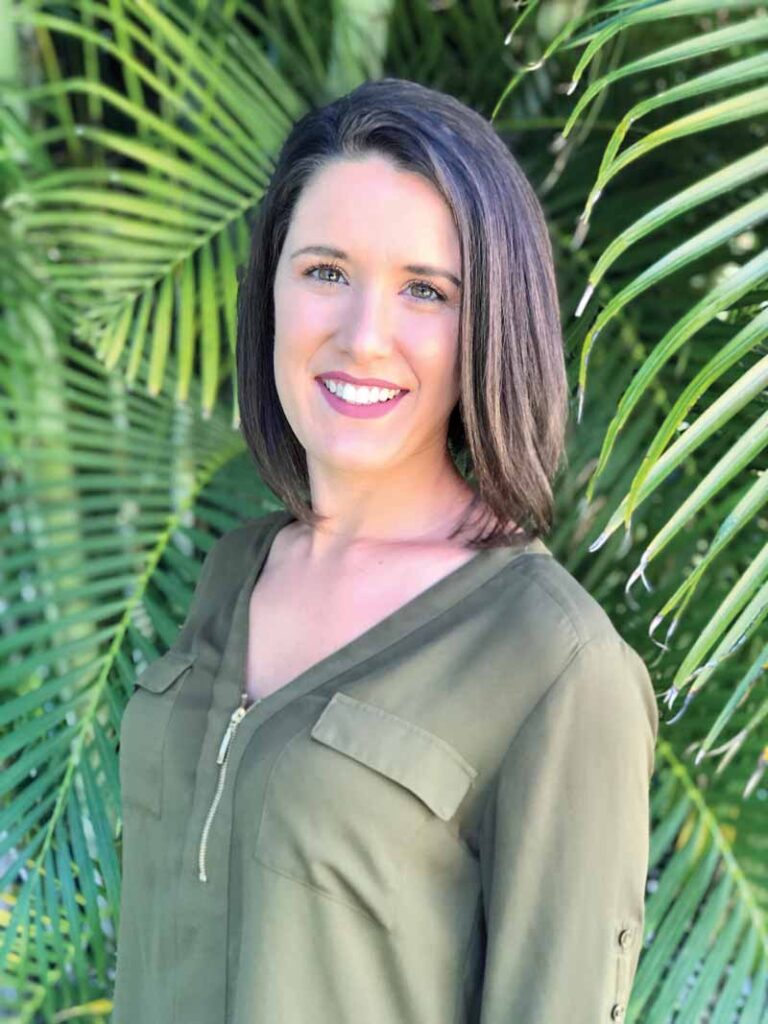Working with Medical Marvels
Kathryn Fitzgerald ’13, DPT’ 15 is nationally recognized in medical robotics
Physical Therapist Kathryn Fitzgerald ’13, DPT’15 works with veteran Tim Conner.
Physical Therapist Kathryn Fitzgerald ’13, DPT’15 works with veteran Tim Conner.
The tools Kathryn Fitzgerald ’13, DPT’15 once used in her work as a physical therapist were low-tech — exercise balls, treatment tables, resistance bands, and stationary bikes. Now, she is a nationally recognized expert in the use of advanced technology in medical robotics.

“I never thought I’d be working in robotics,” she says with a laugh. “But here I am.”
Currently engaged in a fellowship at the VA, she is working on a federally funded research study that involves training veterans or active-duty military personnel who are victims of spinal cord injuries to use robotic exoskeletons, which are emerging as an upright alternative to wheelchairs. The study aims to assess the devices’ efficacy in improving patients’ physical and mental health.
Her work has brought her into contact with other Springfield College alumni who play a role in the development and successful application of these life-changing technologies. Among them are Andy Dolan ’01, vice president of sales at ONWARD, a medical technology company; Loren Wass ’83, a former ReWalk colleague of Dolan’s who is now chief commercial officer at Bionik, Inc.; and Fitzgerald’s mentor at the Tampa VA, Dr. Steven Scott ’72.
The 2009 recipient of the Springfield College Distinguished Alumnus Award and the Tampa VA’s chief of physical medicine and rehabilitation, Scott says the transformations being achieved with the newest rehabilitation technologies are nothing short of miraculous.
“You can take someone who may have been paralyzed for seven or eight years, and, in the first treatment, you can get them up and walking,” he says. “That not only gives them hope, it changes their whole concept and thinking about what they may have in store in the future.”
Fitzgerald says, “The really cool thing is that this technology is starting to transition to people taking these devices home and wearing them in the community. And, the VA has committed to providing veterans with this technology as they qualify for it. There are people who are walking around their kids’ schools in a robot who would otherwise be in a wheelchair.” ![]()




